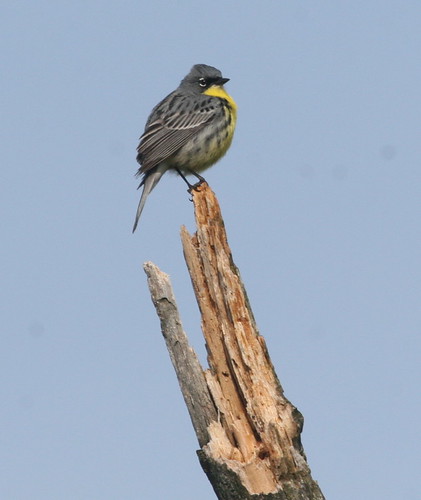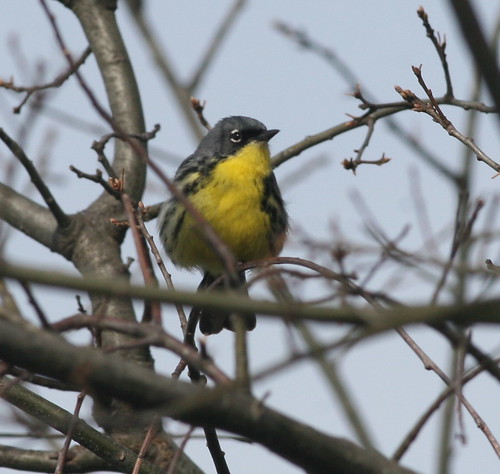When the USFWS announces that there are more than 22 million "away-from-home" wildlife watchers in the country - ten million more than there are hunters - the calls for a change in the structure of how federal funding for conservation is directed are becoming harder to ignore. But just what that change will look like - whether it's a conservation stamp or Administrative directives to wildlife agencies or (slimmest of slim possibilities) federal legislation directing a new or rechanneled source of revenue - is still up for debate, and will take a long time to resolve.
In the meantime, though, some states have taken the initiative. A few months ago I received my fifth annual Maine Birder Band. The program was started by the Maine Department of Inland Fisheries and Wildlife to establish a dedicated revenue stream to protect Maine's birds, bird habitat and access for birders.
The idea is simple. For $20 the state will send you a colorful metal band (like a bird's leg band) to attach to your binocular strap. If you lose your binoculars, the good citizen who finds them can call the number on the band, and the state can contact you to let you know they're found. Everyone wins - the state gets money for bird-related conservation, I get some security for my binoculars and a conversation starter when I'm standing at some feeder with a stranger waiting for the vagrant to show back up.
The Maine Birder Band website lists Kennebunk Plains (best place in Maine to find Upland Sandpipers), Brownfield Bog (ditto for Yellow-throated Vireo) and Messalonskee Lake (ditto for Black Tern and Sandhill Cranes) among the locations where funds have been deployed - and I couldn't be happier. There isn't much in the way of hunting at these locations, and they could easily be overlooked by a game-oriented wildlife agency. So, kudos for the Great State of Maine, and get your birder band today.







.JPG)